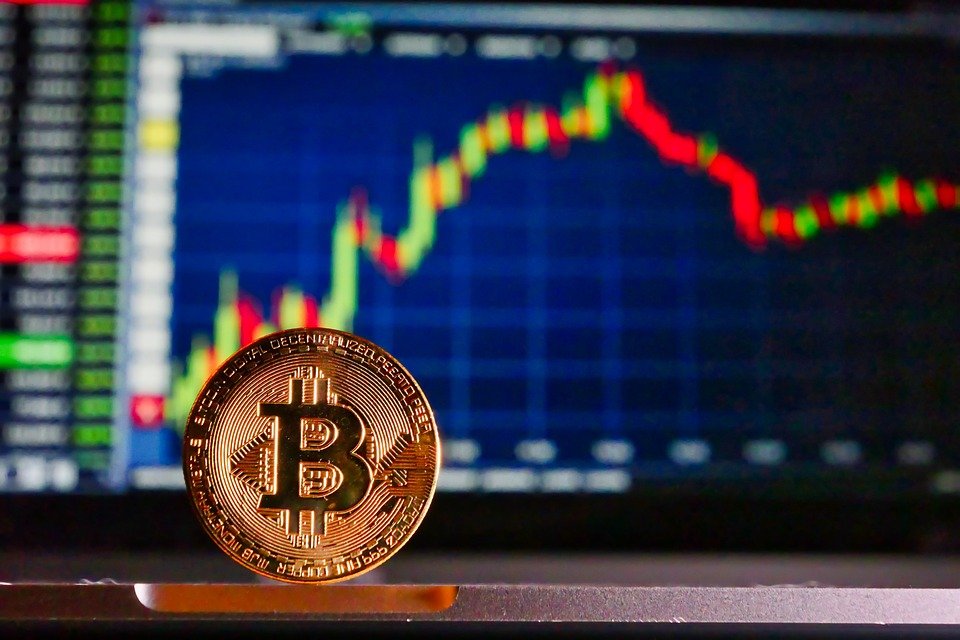The emergence and growth of digital assets have had a significant impact on traditional asset classes such as stocks, bonds, and real estate. These new forms of assets, which include cryptocurrencies, tokenized assets, and non-fungible tokens (NFTs), have opened up new opportunities for investors and changed the landscape of the financial industry.
One of the key ways in which digital assets have impacted traditional asset classes is through increased diversification. Investors can now hold a diverse portfolio of assets, including both traditional and digital assets, to spread risk and potentially increase returns. This has led to the creation of new investment opportunities and strategies, as investors look to capitalize on the unique features and potential growth of digital assets.
Another impact of digital assets on traditional asset classes is the increased accessibility and democratization of investing. With the rise of online trading platforms and digital wallets, investors can now easily buy and sell digital assets from anywhere in the world. This has enabled retail investors to participate in markets that were previously only accessible to institutional investors, leveling the playing field and giving more people access to diverse investment opportunities.
Furthermore, the introduction of digital assets has also forced traditional financial institutions to adapt and innovate. Banks and investment firms are now exploring ways to incorporate digital assets into their offerings, such as by offering cryptocurrency trading services or launching blockchain-based products. This shift towards digitalization has the potential to streamline processes, reduce costs, and improve efficiency in the financial industry.
However, it is important to note that the impact of digital assets on traditional asset classes is not entirely positive. The volatility and regulatory uncertainties surrounding digital assets have raised concerns among investors and policymakers. The rapid fluctuations in the prices of cryptocurrencies, for example, can create a high level of risk for investors and impact the stability of financial markets.
In conclusion, the impact of digital assets on traditional asset classes is undeniable. These new forms of assets have revolutionized the way we invest, creating new opportunities for diversification, accessibility, and innovation. However, the risks and uncertainties associated with digital assets underscore the need for careful consideration and due diligence when incorporating them into investment portfolios. Ultimately, the coexistence of digital and traditional assets offers investors a wider range of options and the potential for greater returns, but also requires a cautious approach to ensure a balanced and well-protected investment strategy.




